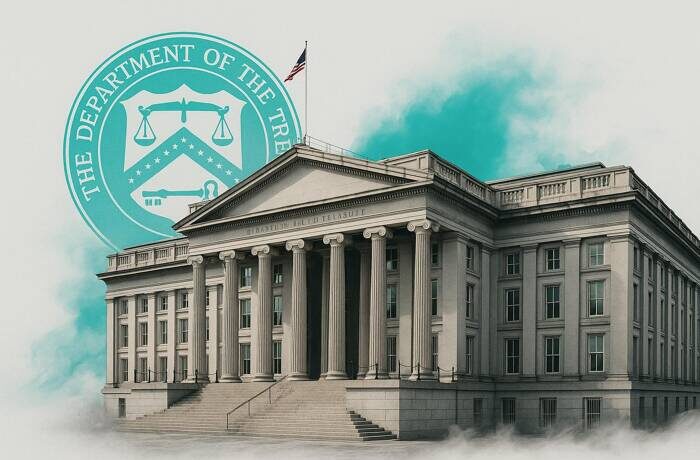Tariff Ruling Fuels Instability and Accelerates Bond Rally
A recent court ruling overturned Donald Trump’s “reciprocal” and “fentanyl” tariffs, creating uncertainty for businesses. This has shaken investor confidence and raised concerns that companies may cut back on investment, potentially slowing economic growth.
Trump has appealed to the Supreme Court, but a final decision may not come until next year. If the court doesn’t pause the ruling, the U.S. Treasury might have to return billions in collected tariffs. This could add more financial and political uncertainty at a time when recession fears are already high.
The uncertainty is weighing on corporate planning. Companies now face a murky regulatory landscape, making them less willing to invest. This adds further pressure on economic growth and strengthens the bond rally as investors move toward safer assets.
Most of the tariff costs have been absorbed by US corporations. However, these costs are likely to pass through to consumers with time. If firms avoid raising prices, their profits and the taxes they pay will shrink. This indirectly reduces government revenues and adds to broader concerns about the deficit.
When businesses and consumers lose confidence in future policy, they pull back. This creates a feedback loop of reduced investment, slower growth, and weaker inflation expectations. These factors push yields lower.
In short, tariff uncertainty is amplifying recession risks. Moreover, this is adding strong momentum to the bond market rally. Investors are rushing to safety, and Treasury yields are the clearest reflection of that fear.
Loose Financial Conditions and Risk Rotation Pressure the Dollar
On the other hand, loose financial conditions are adding further pressure on the US dollar. As Treasury yields fall and recession concerns increase, market liquidity has surged. This influx of capital is flowing into risk assets, weakening demand for the dollar as a safe-haven.
The loose conditions are also observed by the high-yield bond spreads, which continue to decline in 2025, as shown in the chart below. Investors are no longer demanding significant premiums to hold riskier debt. This shift indicates confidence that interest rates will drop and that liquidity will remain abundant. The compression in spreads also reinforces the idea that monetary policy is expected to ease significantly in the coming months.




